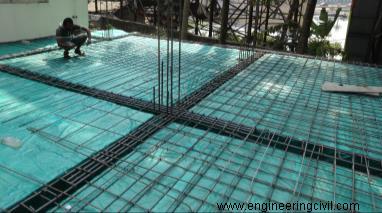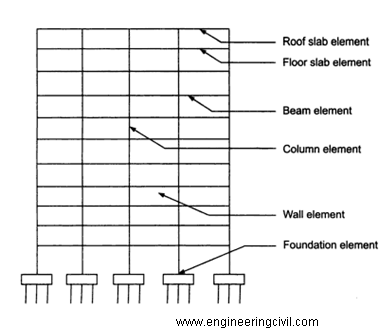By
Sagar Sanjay Phatale
Department of Civil Engineering
University of Texas at Arlington
High performance concrete provides high durability, strength, low water-cement ratio and longer life span of the structure. Special ingredients such as plasticizers, optimum aggregate size and fiber steel reinforcement are used to make this type of concrete admixture. This type of concrete type is used in special and complex construction structure such as bridges and tunnels. High performance concrete also helps in reducing the duration of the project, as there is low water cement ratio in making the admixture for the concrete. This type of concrete is useful for fast track construction where owner required the possession of the property as soon as possible. High performance concrete have several advantages over traditional Portland cement concrete.
First, high performance concrete provides better strength and durability. Water cement ratio majorly affect the workability of the concrete (Naik et. Al., 2012). According to Naik et al., (2012, p. 463), increase in the water cement ratio, which can be obtained by increasing the water content in the concrete admixture, increases the workability and slump ratio of the concrete.


